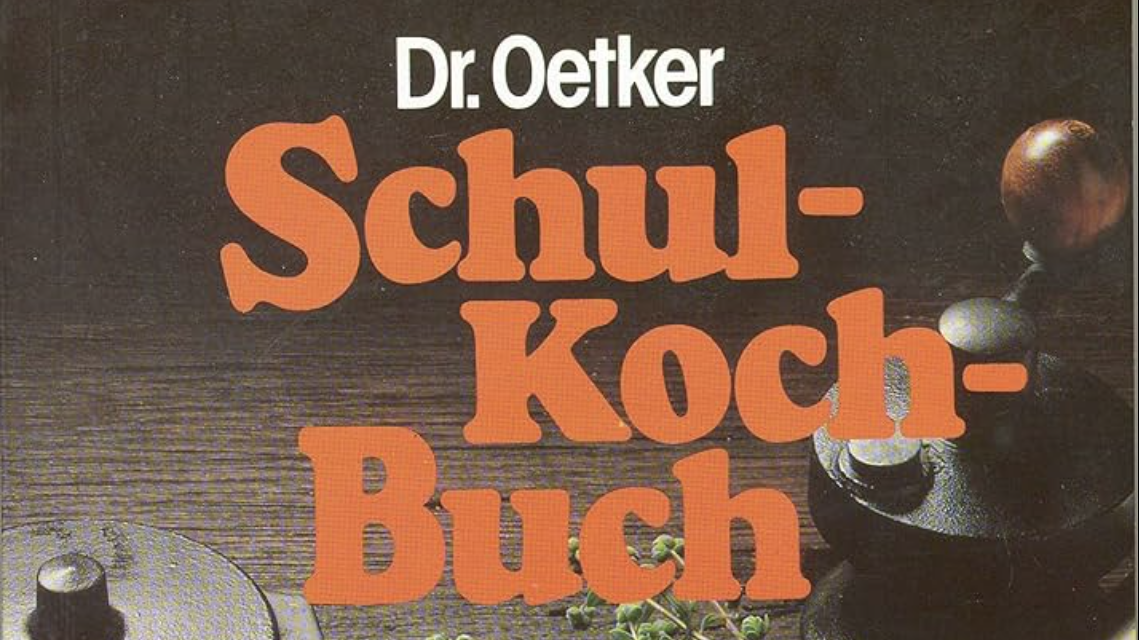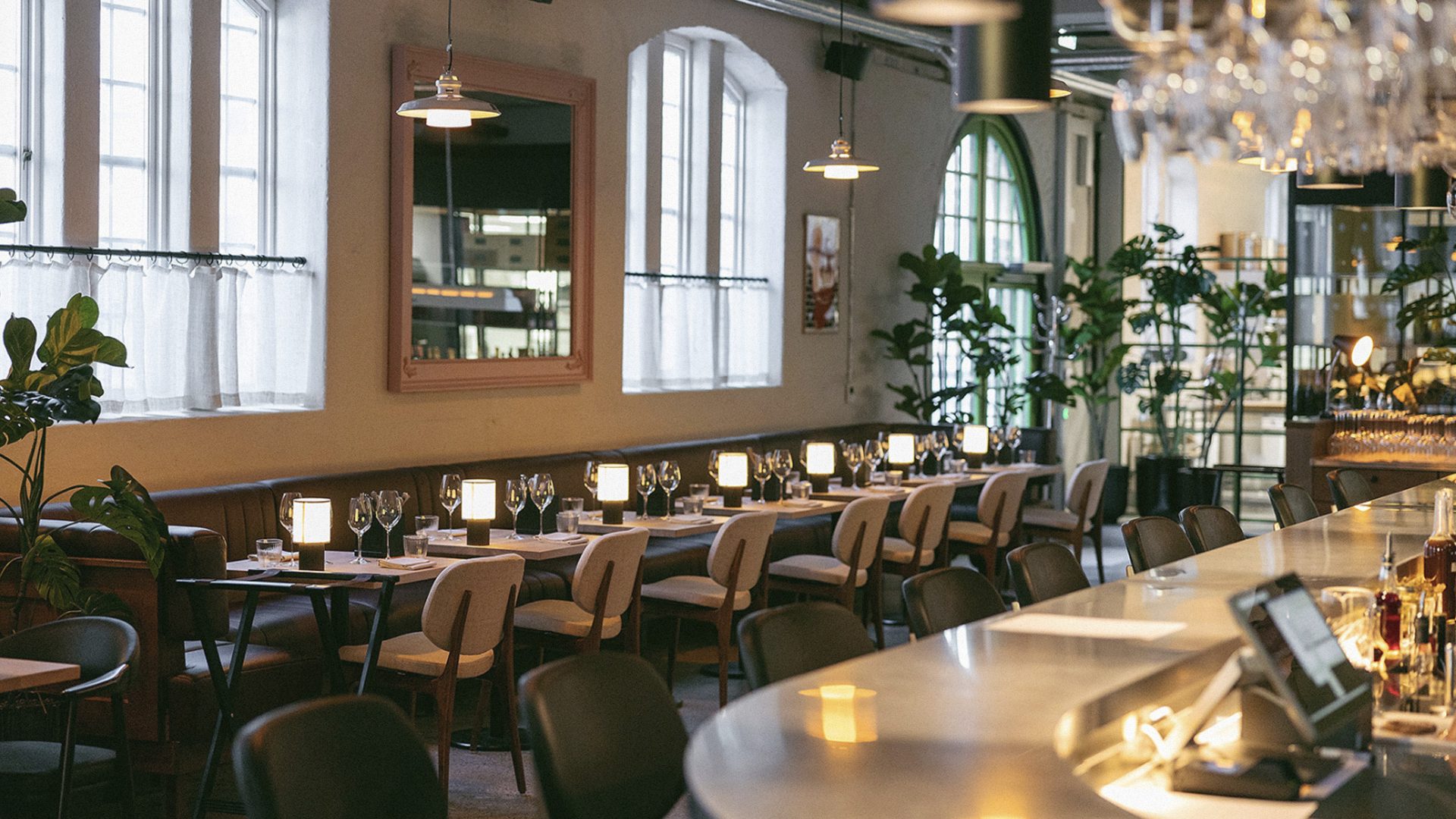Valentin Vodnik was undertaking a one-man mission to save the Slovene language. Dominated by the Roman, Byzantine, Napoleonic and Habsburg empires (plus a few others over the centuries) and bordered by Italy, Hungary and Austria, Slovenia’s language and culture was constantly under threat, diluted by various occupying forces.
Vodnik, a priest, educator and general rabble-rouser, realised that if the Slovene tongue vanished, Slovenian identity would soon follow. He was determined to thrust anything and everything Slovene under the noses of the general population at every available opportunity. Then he hit on a brilliant idea. Despite having no obvious culinary prowess, he speculated that a Slovene language cookbook could have popular appeal, hopefully taking pride of place in every kitchen in the land.
And so, in 1799, he published The Cookbook. And it was terrible. Or at least the recipes were.
Vodnik’s focus was on the distribution of the language rather than anything fiddly and cumbersome like accessible ingredients or vaguely edible food. The recipes were cribbed from various ancient German collections and included concoctions such as chocolate soup and steamed cow udder, interspersed with quite violent diatribes concerning the importance of protecting Slovenia’s mother tongue. It was like Nigella cutting away from her “Coq au Riesling” to suddenly harangue you about adverbs.
While Vodnik’s bizarre food ideas didn’t necessarily set the Slovenian palate on fire, the book did prove popular, especially the bits where he remembered to talk about instruction and technique. And, more importantly, it became the basis for The Slovenian Cookbook, compiled by Magdalena Pleiweis in 1868 and still in print today.
Pleiweis took some of Vodnik’s more popular recipes, added some traditional staples, and changed the way the nation thought about food. Later editions were edited by a feisty nun named Sister Felicita Kalinšek who made the book her own. It’s now simply called “the Kalinšek” and, as Vodnik had hoped, you can find one in most Slovenian homes. The latest edition contains a whopping 3,000 recipes, and, remarkably, chocolate soup is still in there.
Cookbooks are so much more than simple culinary instruction manuals. They tell stories, hold memories, induce nostalgia, connect you with the past and hurl you headlong into the beating heart of a nation. (And, delightfully, they are also books you’re allowed to abuse, bearing the battle scars of stroganoffs and souffles from yesteryear).
There’s so little non-fiction from centuries past that is still widely beloved, let alone in print. But all across Europe you’ll find these gastronomic exceptions, classic cookbooks dedicated to a national appetite.
One of these was devised by Dr August Oetker, the first person to sell baking powder commercially, and the company he founded still churns out cake mix and frozen pizzas. In 1911, after a series of cookery pamphlets intrigued German hausfraus, he published Dr Oetker Schulkochbuch, or “The School Cookbook”, which still remains an invaluable resource in German kitchens. As well as sharing the delights of marble cake and beef roulade with the wider world, it also provides insight into table manners, decor and nutrition.
Elena Molokhovets’s A Gift to Young Housewives was witness to some of the most turbulent years in Russian history. First published in 1861, Molokhovets continually revised it until 1917, the year of the Russian Revolution.
Mired in the pre-Bolshevik world, the book provided not just recipes but also money-saving tips, a guide to utensils and advice on keeping your servants in line. It didn’t exactly match the revolutionary mood, but it remained popular in the Soviet era, even though one of her babka recipes required an astonishing 70 eggs, a pipe dream for most households in the USSR at the time. In recent years, the book has been reprinted and translated into English.
The Soviet response to the bourgeois popularity of Molokhovets was the catchily titled The Book of Tasty and Healthy Food, first published in 1939. After years of war, Stalin’s terror-ridden purges and the horrors of collectivisation, the authorities wanted to radiate a national feeling of happiness and prosperity, even if it was under duress.
The USSR Ministry of Food attempted to create a Soviet food bible featuring delicacies such as sturgeon in jelly and cold piglet with horseradish. Post perestroika, Russians at home and abroad still held a nostalgic fondness for this cold war tome known simply as Kniga (The Book), which can still be purchased today.
Poland also had a beloved Communist-era cookbook in Kuchnia Polska (Polish Cuisine) first released in 1954 (early editions have some fabulous graphics by Czesław Wielhorski), still the most popular cookbook in Polish history. But the queen of Polish cuisine has to be Maria Ochorowicz-Monatowa, who released The Universal Cookbook in 1910. It was way ahead of its time, with sections on vegetarian cookery, a focus on the importance of using seasonal ingredients and even a chapter on gut health, as well as many variations on borscht and pierogi.
A mouthful in more ways than one was A Household Cookery Book or A Treatise on Meat and Fasting (sometimes Lenten) Dishes for Bohemian and Moravian Lasses, which also focused on what we might call “farm to table” today. It was published by the beloved Czech author Madgalena Dobromila Rettigová in 1826 and focused on healthy eating alongside more decadent fare such as her Thumbprint Cookies, which require an almost illegal amount of clarified butter.
Another astonishing woman who knew her way around a butter dish is the formidable Bertha Rosa Limpo. A bit like an early 20th-century Gwyneth Paltrow, she was not only an acclaimed opera star, but she also ran her own cosmetics business, and created O Livro de Pantagruel in 1946, the most popular 20th-century cookbook in Portugal, now on its 80th edition. Alongside stews and sauces, it features sweet treats such as Algarve honey cake and white bean tarts, plus Bertha’s philosophical thoughts and feelings such as: “The baking of a cake is the most feminine of all of women’s home activities.”
Moving to Italy, there’s only one word you need to hear: L’Artusi. First published in 1891, Pellegrino Artusi’s Science in the Kitchen and the Art of Eating Well is a masterwork of Italian cuisine and also an early self-publishing success story.
Artusi travelled throughout Italy gathering traditional recipes and cookery techniques, but soon discovered that no publishers could see any need for this. A frustrated Artusi put it out himself and edited every edition until his death in 1911. The book became one of the most successful and influential cookbooks ever released, its 790 recipes still revered by chefs the world over (even though Artusi, it is claimed, couldn’t boil an egg).
One man who was a definite egg-boiler (and cracker) was French pâtissier and arguably the world’s first celebrity chef Marie-Antoine Carême, described, rather dramatically, as “the king among chefs and the chef among kings”. His 1828 work Le Cuisinier Parisien, recently re-released in English as French Cookery, had an immeasurable influence on French cuisine, inventing or refining staples such as choux pastry, vol-au-vents and profiteroles. (The man who invented vol-au-vents should be the fifth face on Mount Rushmore.)
And there are so many more. Cornelia Wannée’s Amsterdam Cookbook, Edit Reinilä-Hellman’s 1908 Finnish classic Kotiruoka (Home Cooking) and Cajsa Warg’s Helpful Guide in Housekeeping for Young Women from 1755 (notable for containing the first recorded mention of Swedish meatballs) to name a few.
Hanna Winsnes was not only Norway’s first female novelist (albeit using a male nom de plume) but also the author of Guide to the Various Branches of Housekeeping from 1845, which gleefully instructs you how to slaughter various animals before cooking them. The Queen of Danish cuisine, Anne Marie Mangor (better known as Madame Mangor) self-published her Kogebog anonymously in 1837 and enjoys the honour of having both a musical and an IPA named after her.
Then there’s Nikolaos Tselementes, Simone Ortega, Jeanne Cardijn, the amazing Swedish Köksalmanack (released every year since 1933), Maria Hofmann and Mrs Beeton (now on 100+ editions and counting).
Why do these ancient cookbooks, often containing food we would never dream of eating, recipes we would never dare take on and ideas that are distinctly “of their time”, continue to inspire and fascinate? Could it be that in an increasingly homogenised, antiseptic world, they represent a way to connect with our pasts and celebrate our culture that feels safe, emotional and apolitical?
Who can forget the meals made and shared with grandparents or the smell of Sunday roast wafting through the family kitchen? The excitement of Christmas dinner or the pudding that only your mum could make?
Food is a lifelong journey that we all cherish, and cookbooks are the maps that get us there.



